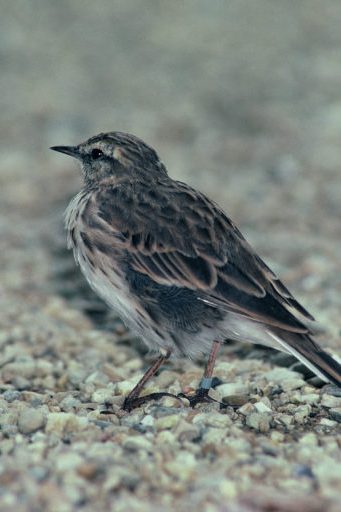The New Zealand pipit / pīhoihoi is unusual in that its habitat ranges from high above the snowline to low in the tidal zone. This means you may be lucky enough to see one anywhere in the Taranaki Mounga project area – on the mountain or near the coast by the Nga Motu islands.
The pipit is a member of the wagtail family, and there are no surprises how this family got its name. These birds frequently flick their long tails as they walk and will also flick their tail up and down when stationary. Pipit benefit from rat control so as we continue to extend predator control across the national park towards the coast it should become easier to spot one of these friendly birds.
In spring, the male will soar and sing a short trill as he descends. The common call is a high, slurred “tirr-eep” or “peepit” and it is from this that the species gets its common name.
Pipits are omnivorous, consuming grains, seeds, and small invertebrates. Flying invertebrates taken include flies, mayflies, small butterflies and cicadas.
Did you know
- Pipit’s walk or run, they do not hop like many birds
- Pipit chicks fledge as early as 14 days
- Pipit’s are friendly, often running a short distance in front of walkers, rather than flying away

